DIY Beet Powder & Capsules
Creating a nutritious beet powder that can add a depth of flavor to soups and pastas, as well as become a supplement is easy to do with these quick steps to save you a ton of time!
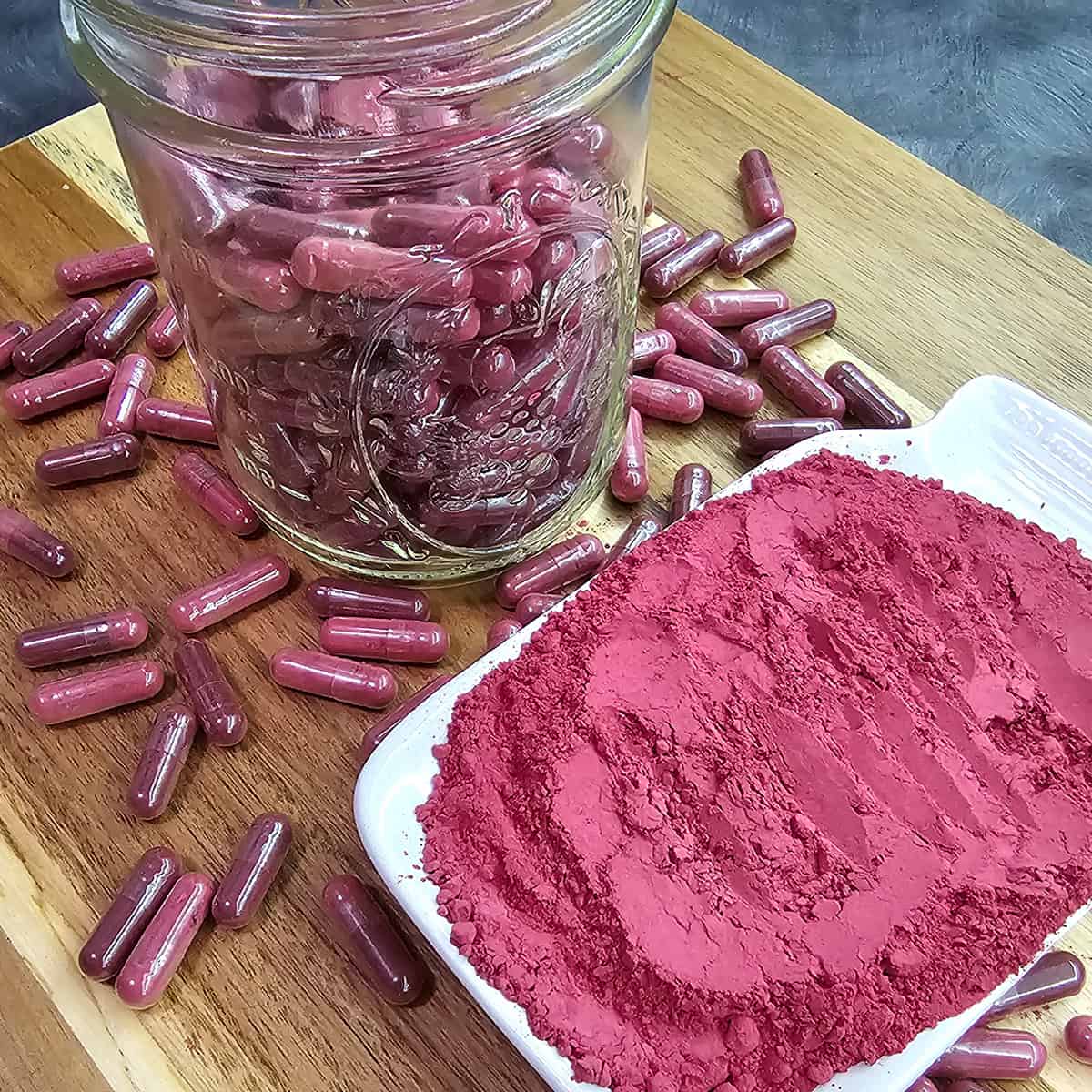
Traditionally, beets are recommended to be blanched and or roasted before preparing for preservation – either dehydrating, canning, freezing, or freeze drying.
But this quick step can help you dehydrate beets more quickly, make powdering easier, and give you a deep, rich, beet powder that can be made into a supplement or color any variety of foods in no time!
How to Dehydrate Beets for Beet Powder
- Wash beets well.
- Remove stems, leaves and root. These can also be dried.
- Peel beets.
- Shred beets with a food processor or box grater, or chop into small pieces with a knife.
- Spread onto dehydrator trays lined with parchment paper (don’t use your mesh sheets because they will likely become stained).
- Dry at 125°F/52°C for 10-14 hours. (Use this handy dehydrating magnet to know what temperatures to use for all of your foods!)
- Test for dryness – should be crunchy and break easily.
- Condition if going into storage as is.
- Store in an airtight container for about two years.
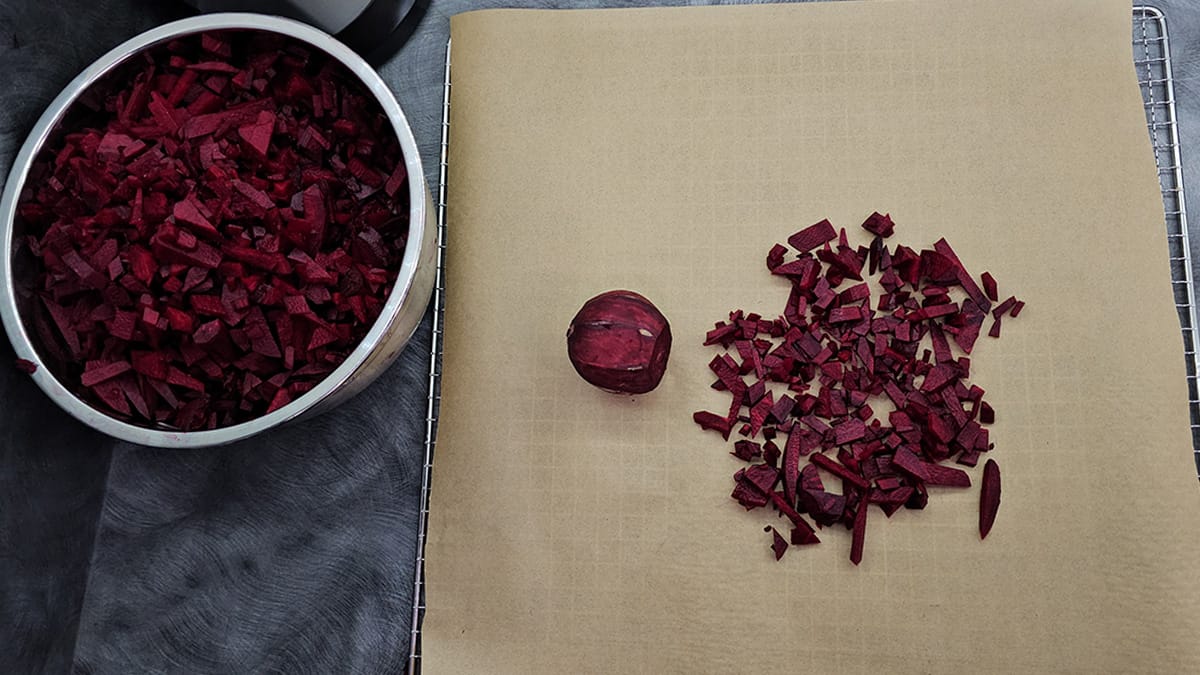
Note: It’s recommended to blanch beets before dehydrating. However, with beet powder lasting only about six months, it is okay to be practical in your preserving and not blanch the shredded beets for this powder.
If you want to do a quick 1 minute blanch, it will be okay to do if you wish.
Condition
- Place dried food into a jar to allow movement. Do not add moisture absorbers or any other desiccant.
- Shake once a day for 5-7 days.
- Look for signs of sticking, clumping, or moisture buildup.
- If you have clumping or sticking to the side of a jar, if it is removed with a gentle shake, it is fine.
- If it takes significant shaking to remove it or break it up, place back into the dehydrator to dry more.
- If you see mold of any kind, throw food away and sanitize the jar.
- Look for signs of sticking, clumping, or moisture buildup.
- Once complete, store in an airtight container in a dark, cool, dry place if possible.
How to Make Beet Powder
- Place beet pieces into a coffee grinder, bullet blender or large blender of your choice.
- Pulse beet chips a few times before blending full.
- Do not overblend as it can cause powder to become clumpy.
- If desired, condition powder by placing back into your dehydrator in coffee filters or muffin papers or bowl, or by placing onto a baking sheet lined with a fruit leather sheet or parchment paper and placing into a warm but turned off oven to allow any residual moisture to evaporate.
- Store in an airtight container with a moisture absorber if desired.
Of course, if you don’t have a dehydrator or don’t want to go through the trouble with doing beets, you can always purchase our favorite beet powder online.
You can then capsulize beet powder for use as a dietary supplement.
DIY Beet Capsules (Superfood)
Equipment needed
The actual capsule filler and capsules you need will be deteremined by the size you get. Size 0 to 000 are smallest to largest. The size (and links below) I use are for the size 0 which we invested in when our children were a bit younger. We have just never upgraded.
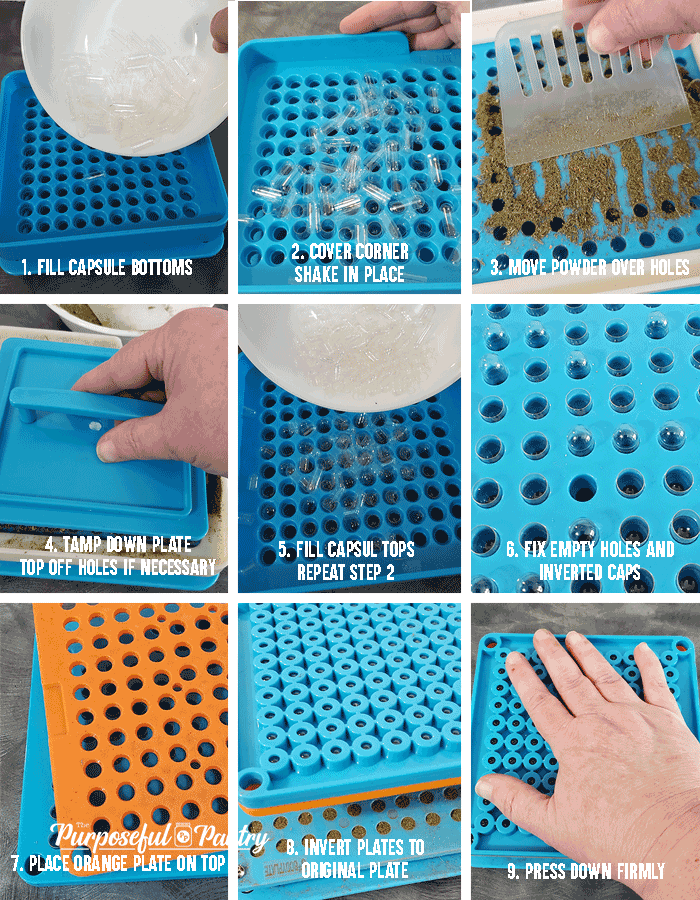
Follow the manufacturer’s instructions for using your particular machine. These instructions will be for the Size 0 Capsule filling machine that you can purchase from any health food store (try Herb Affair). But you may choose to use a different kind of filler – but the general principle is the same.
- Separate capsule caps from capsule bottoms and place them in two separate containers. These capsules come already separated now!
- Place the frame plate onto the body plate.
- Fill the frame plate with 100 capsule bottoms.
- Use the palm of the hand to enclose open corner and shake both plates to drop capsule bottoms into holes.
- Remove frame plate and replace adjust any capsules as needed.
- Repeat the previous steps with Cap plate and frame plate and capsule tops.
- Replace the frame plate on the main plate with white powder block.
- Pour 1/2 cup of powder into white powder block and spread with spreader to fill capsules.
- Use tamper plate to press into capsules. Repeat the previous step if necessary.
- Remove frame plate from cap plate and replace it with the orange plate – making sure thumb indentions are facing up.
- Flip the two plates with the orange side down, and place on top of mainboard.
- Press down firmly on the cap plate to push capsules together.
- Remove cap plate and set aside.
- Remove orange plate, pull out capsules, and place in an airtight container. Use moisture absorbers if you’d like.
You can get a printable DIY for this process from the DIY Vegetable Capsules post.
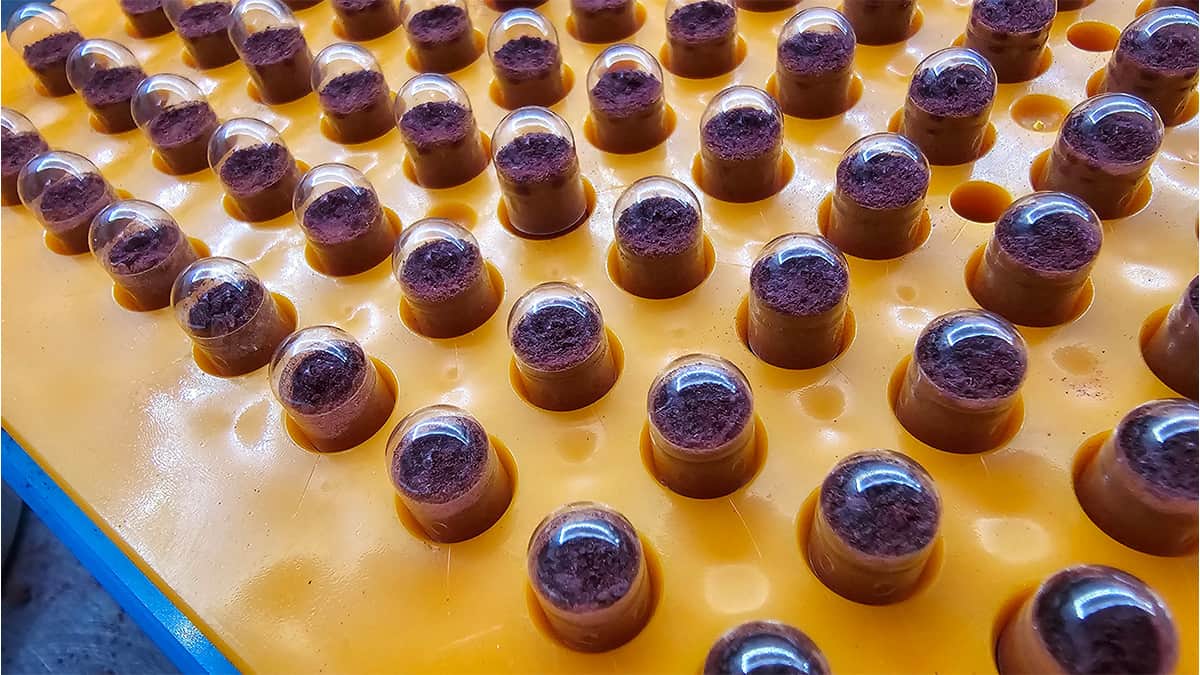
Storage
Store in an airtight container with a moisture absorber.
- Beet slices and bits will last about two years.
- Beet powder and capsules should be used within a year.
Benefits of Beets
“Beets are high in nitrates which research suggests improve cardiovascular health in several ways. Some studies show beetroot may lower blood pressure and increase blood flow. It increases oxygen uptake, lengthening the time it takes to become fatigued, which allows people to stay active longer.
Beets also contain antioxidants, compounds in foods that help repair DNA and maintain good cell health, and they have anti-inflammatory properties, reducing the risk for numerous chronic diseases. Because of this, the beet is gaining popularity as a nutritional approach in managing cardiovascular disease and cancer.”
American Heart Association
Can I add beet powder to juice?
Yes, juice, water, smoothies, you can still get the benefits without having to make the capsules. What is a convenience for some may be a hinderance to others.
How to Use Beet Powder
- Tint costmetics like lip balms, blushers, etc.
- Add to red based sauces such as spaghetti sauce or enchilada sauce. The color blends and the nutrients are added.
- Add to meatloaf or meatballs in small amounts.
- Add to smoothies.
- Make beet hummus. Use a regular plain hummus recipe and turn it on its head with a vibrand color!
- Add a little powder to your salad dressings. A nice burst of red color without a lot of earthy beet flavor, but those nutrients mixed into the full meal.
- Add a little to your applesauce for kids.
- Add a little to muffins or pancakes or waffles to give a nice pink color, a little add nutrient, and a smile on someone’s face!
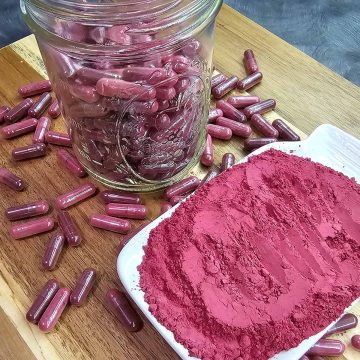
DIY Beet Powder
Equipment
- Peeler
- Box Grater or Food Processor If doing beet shreds.
Ingredients
- Beets
Instructions
- Wash beets well.
- Remove stems, leaves and root.
- Peel beets
- Shred beets or chop into small pieces using a knife or a food processor.
- Spread onto dehydrator trays lined with parchment paper (don’t use your mesh sheets because they will likely become stained).
- Dry at 125°F/52°C for 10-14 hours.
- Test for dryness – should be crunchy and break easily.
- Condition if going into storage as is.
- Store in an airtight container for about two years.
How to Make Beet Powder
- Pulse beet chips a few times before blending full.
- Condition powder by placing back into your dehydrator in coffee filters or muffin papers or bowl, or by placing onto a baking sheet lined with a fruit leather sheet or parchment paper and placing into a warm but turned off oven to allow any residual moisture to evaporate
- Store in an airtight container with a moisture absorber if desired.
Darcy’s Tips
Nutrition
Nutritional information is an estimation only. Nutrient information for dehydrated foods is based on fresh. Use 1/4 of the servicing size for the same nutrient information. Thus 1 Cup of fresh fruit has the same sugars as 1/4 dried.
©ThePurposefulPantry. Photographs and content are copyright protected. Sharing of this recipe’s link is both encouraged and appreciated. Copying and/or pasting full recipes to any social media is strictly prohibited.

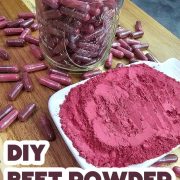
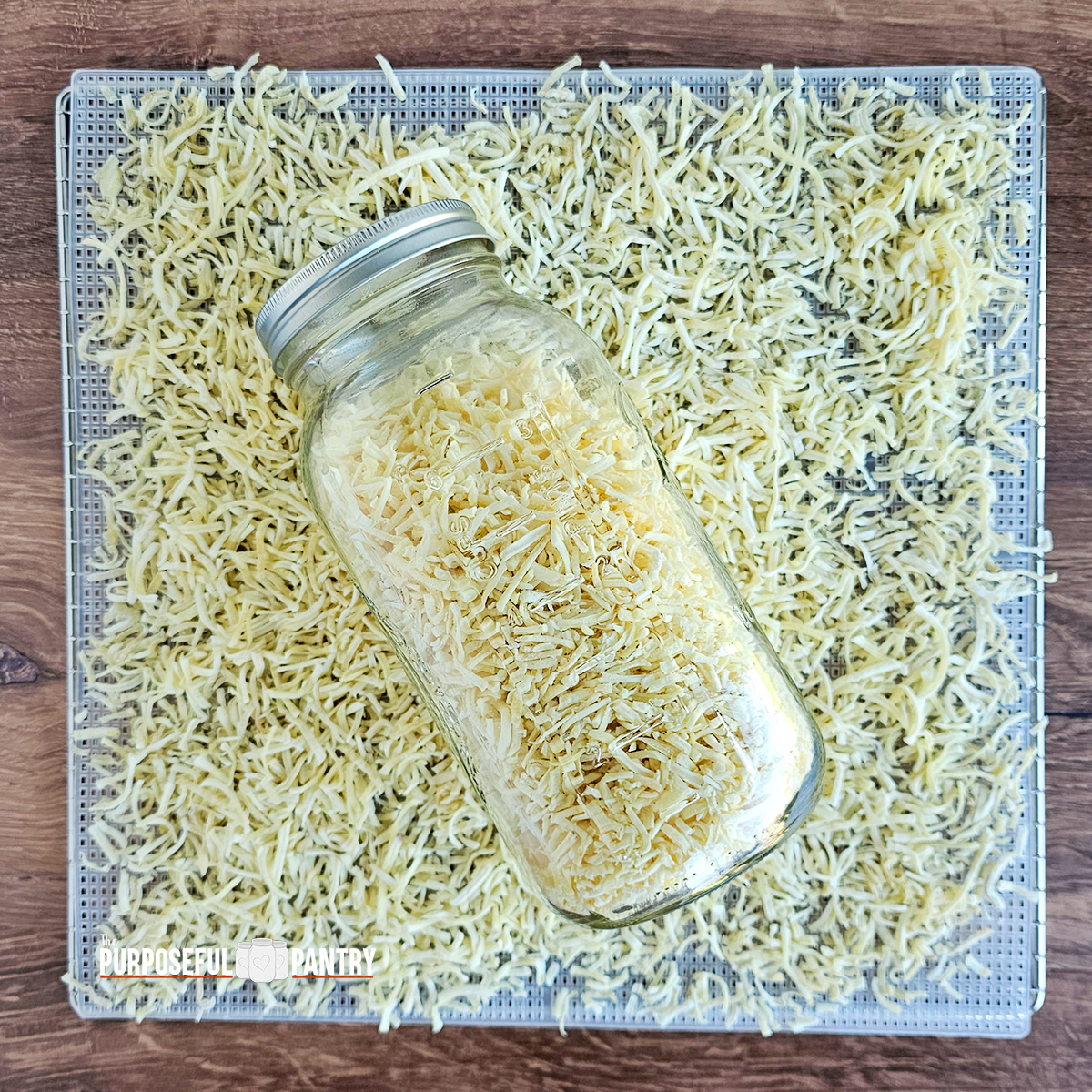
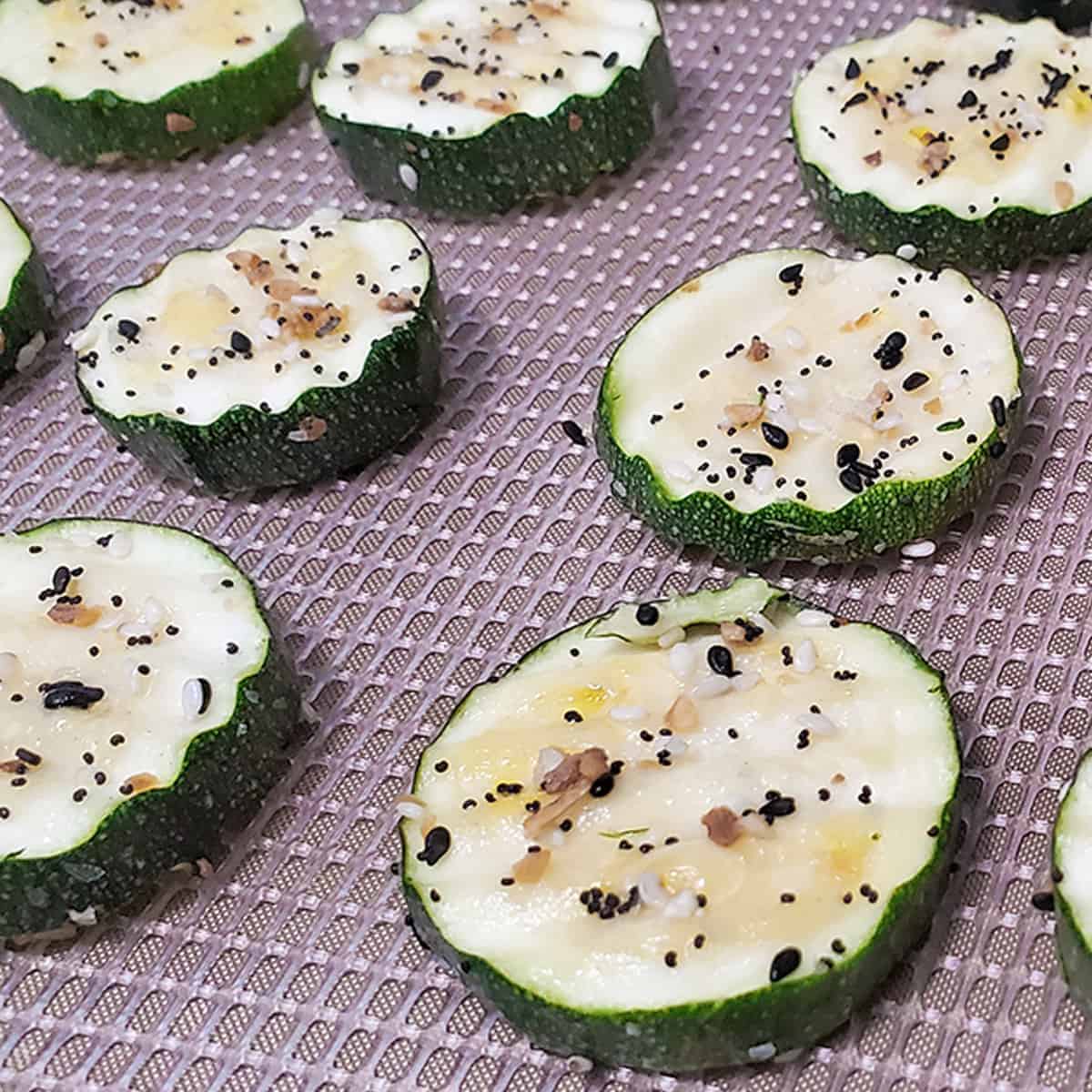
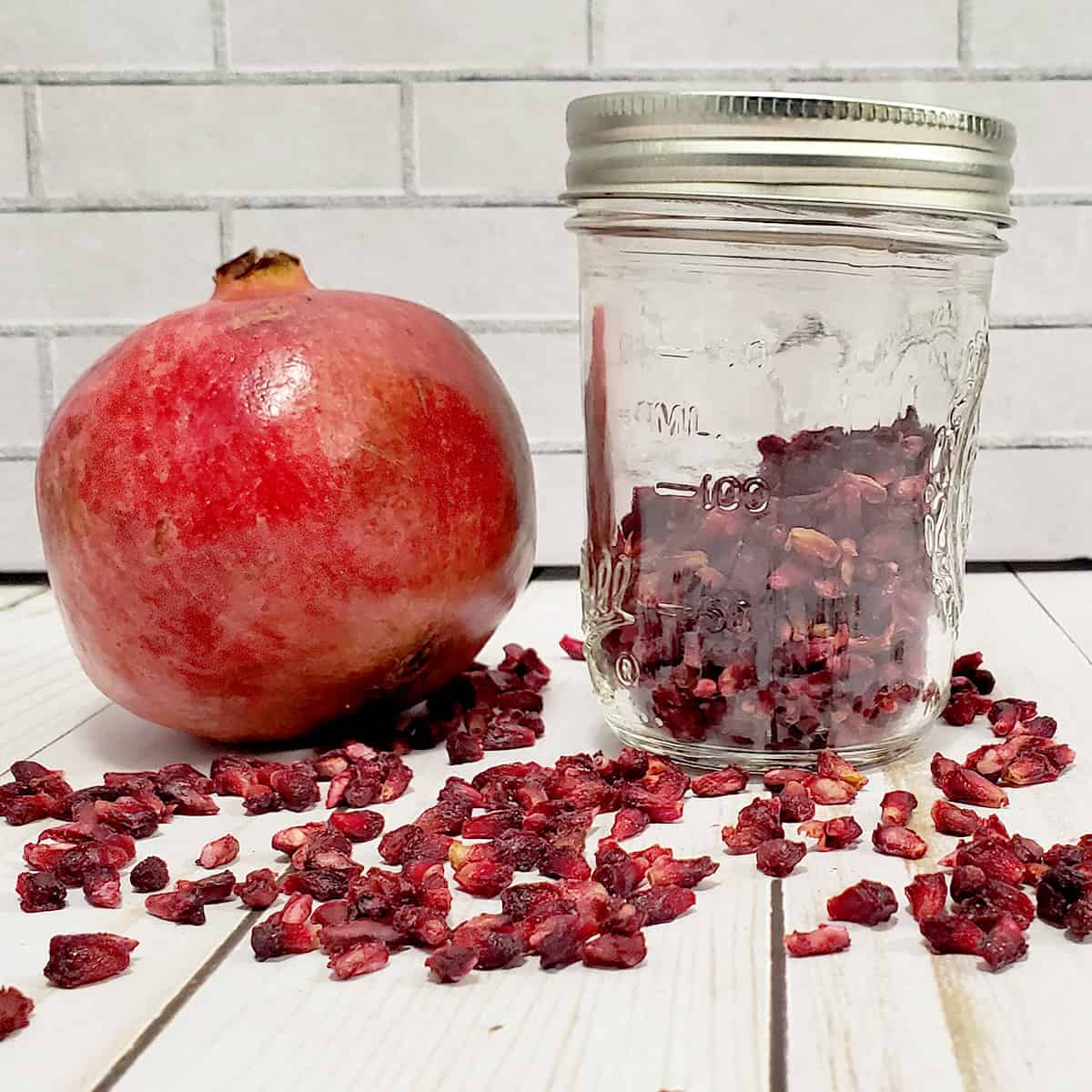
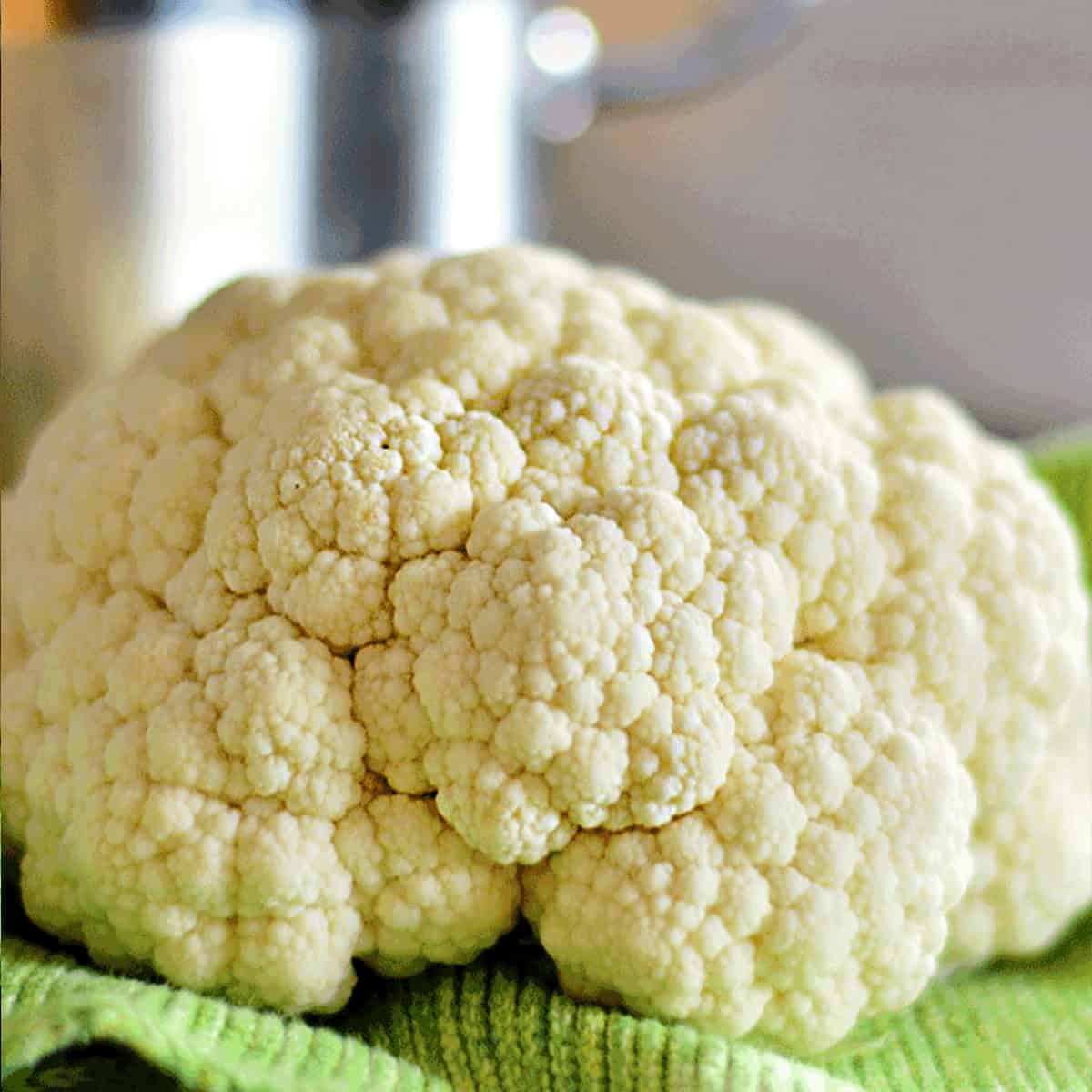
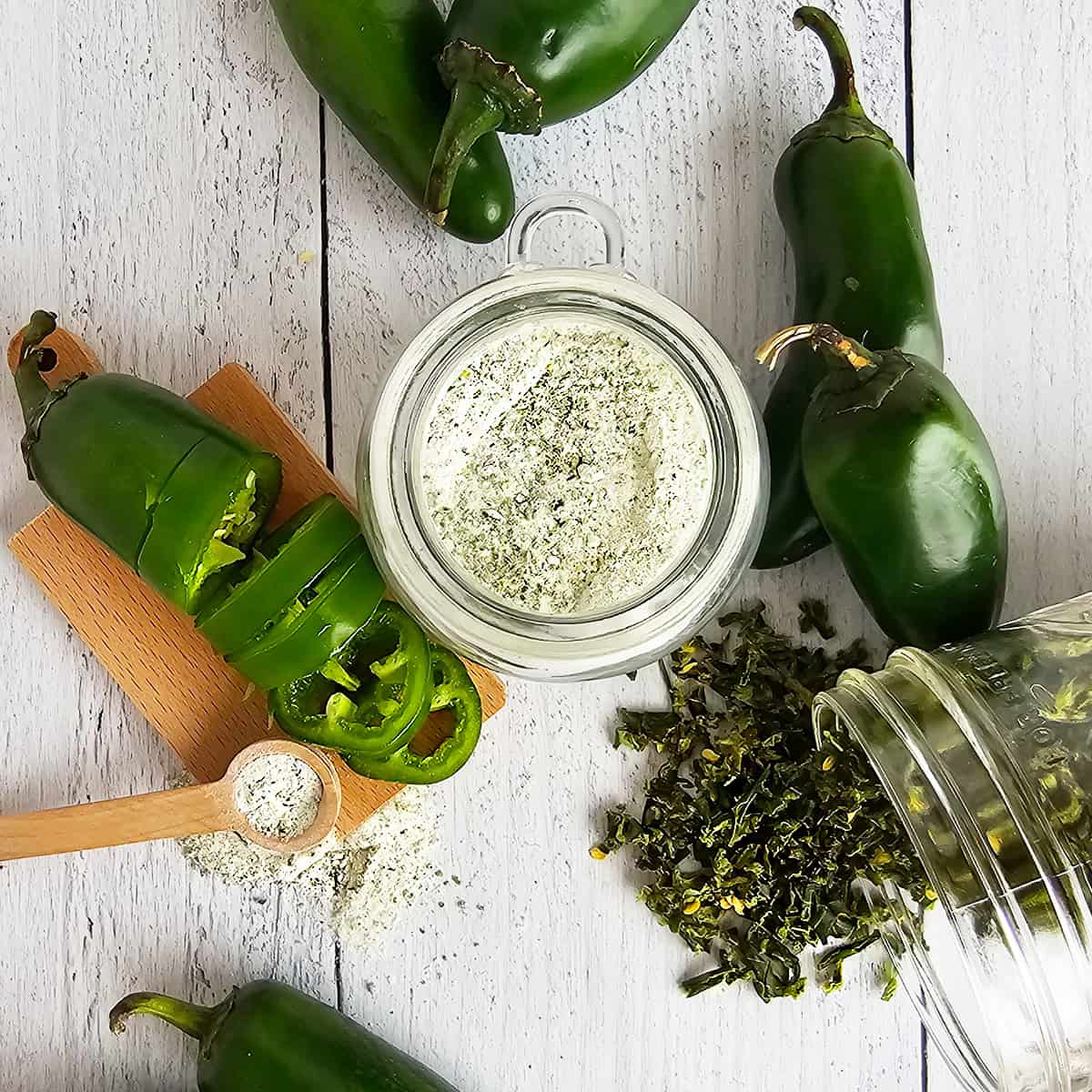
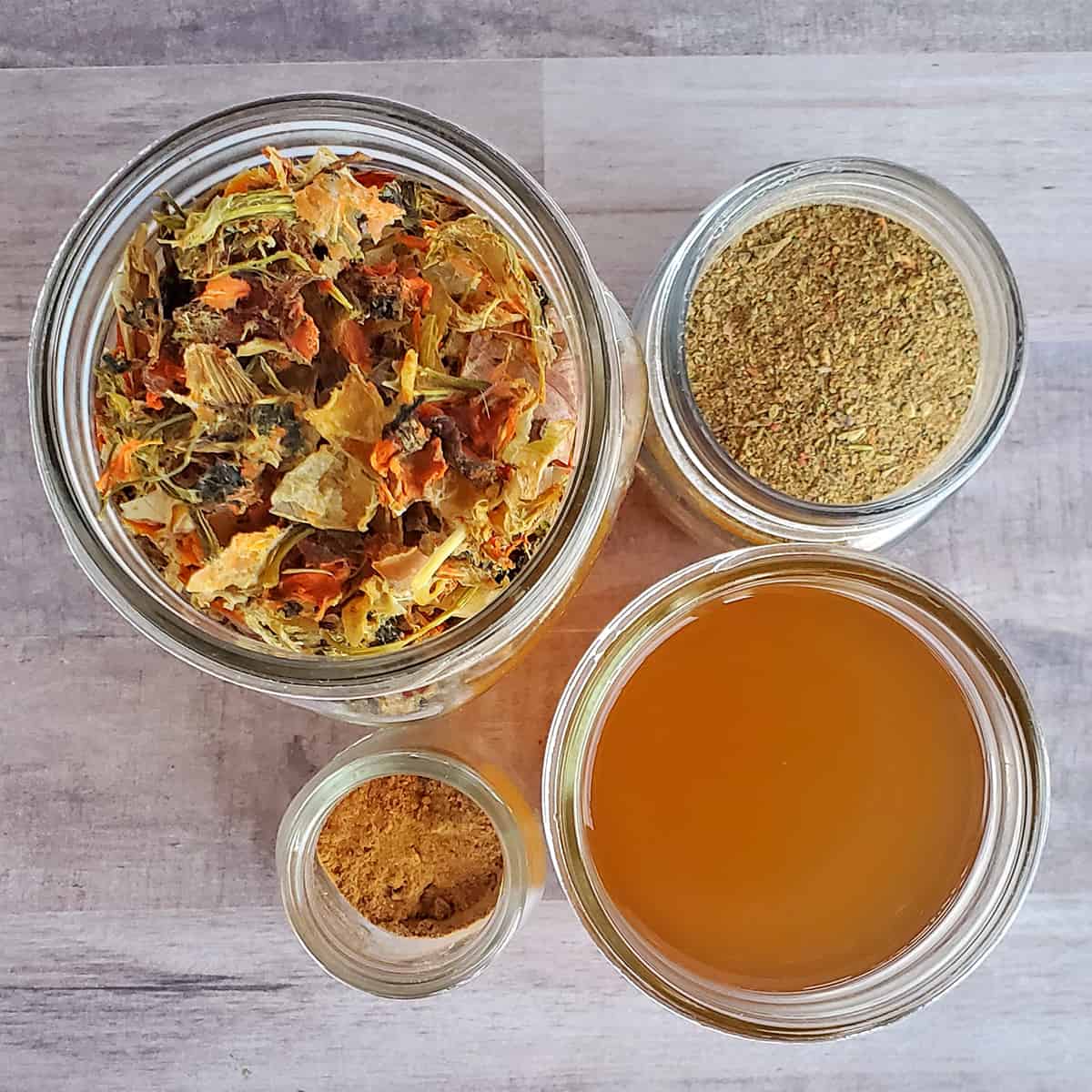
I use canned beets to make my beet power. And once dried simply mix it in with the rest of my veggie powder.